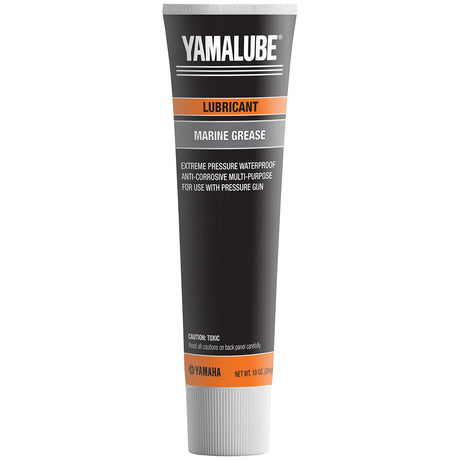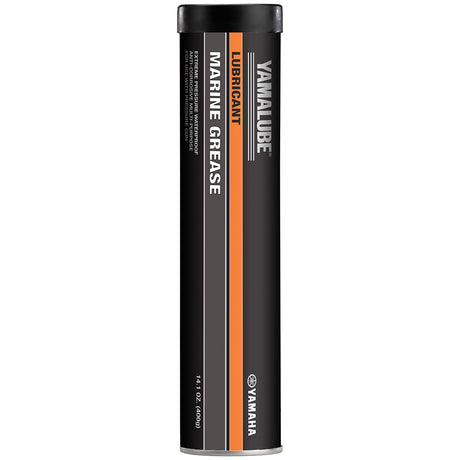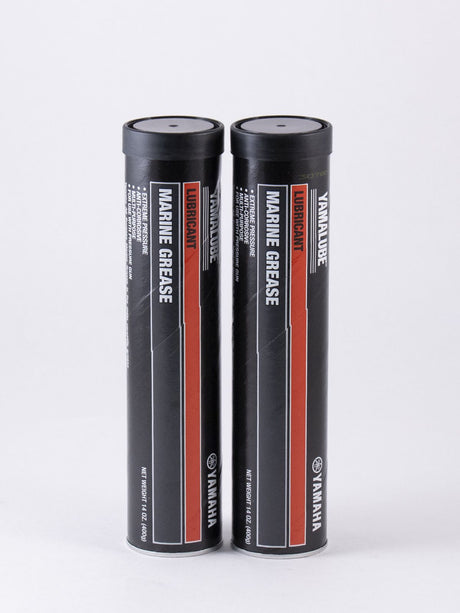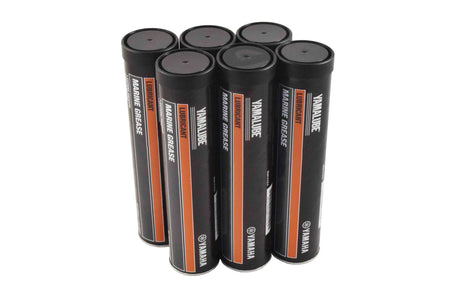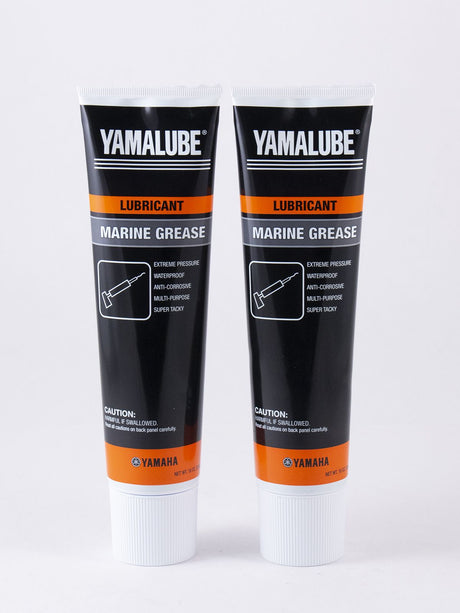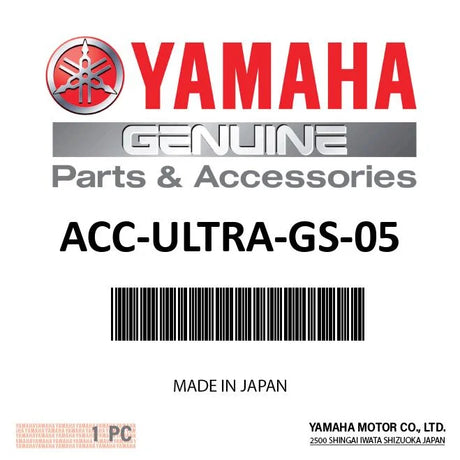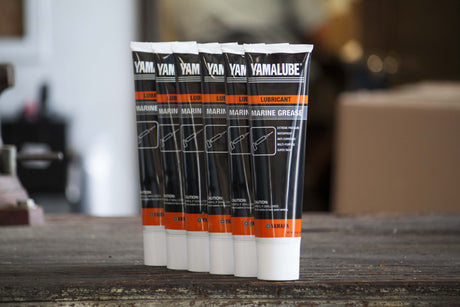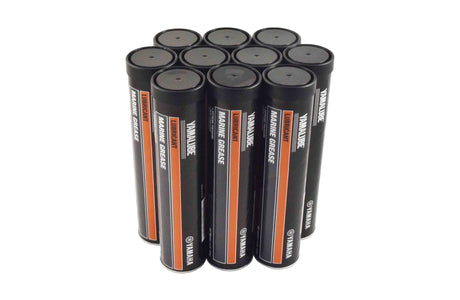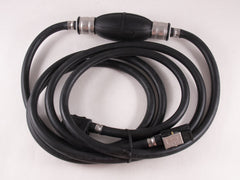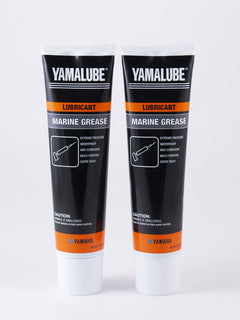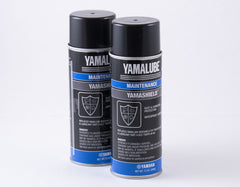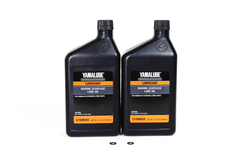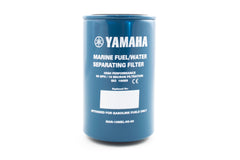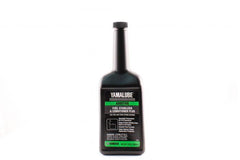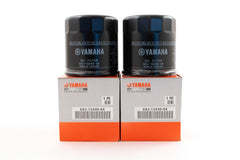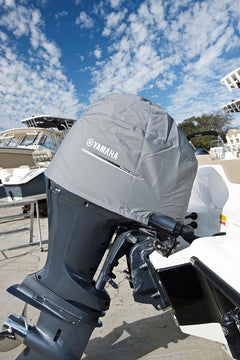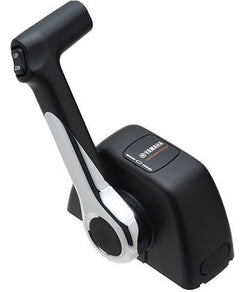Yamaha
Yamaha ACC-GREAS-10-CT - Yamalube Marine Grease Lubricant - 10 oz
$7.71 USD$9.55 USDUnit price /UnavailableYamaha
Yamaha ACC-GREAS-14-CT - Yamalube Multi Purpose Marine Grease Lubricant - 14 oz Cartridge
$9.00 USD$10.00 USDUnit price /UnavailableYamaha
Yamaha ACC-MOLDM-GS-05 - Molybdenum disulfide grease 4.
$6.11 USD$6.25 USDUnit price /UnavailableYamaha
Yamaha ACC-GREAS-14-CT - Yamalube Multi Purpose Marine Grease Lubricant - 14 oz. Cartridge - 2-Pack
$18.00 USDUnit price /UnavailableYamaha
Yamaha ACC-GREAS-14-CT - Yamalube Multi Purpose Marine Grease Lubricant - 14 oz. Cartridge - 6-Pack
$54.00 USDUnit price /UnavailableYamaha
Yamaha ACC-GREAS-10-CT - Yamalube Marine Grease Lubricant - 10 oz. - 2-Pack
$15.42 USDUnit price /UnavailableYamaha Online Parts
Yamaha ACC-ULTRA-GS-05 - Ultramatic grease - 4.5oz Tube
$9.53 USD$999.00 USDUnit price /UnavailableYamaha
Yamaha ACC-GREAS-10-CT - Yamalube Marine Grease Lubricant - 10 oz. - 6-Pack
$46.26 USDUnit price /UnavailableYamaha
Yamaha ACC-GREAS-14-CT- Yamalube Multi Purpose Marine Grease Lubricant - 14 oz. Cartridge - 10-Pack
$90.00 USDUnit price /Unavailable
Yamalube Marine Greases – Trusted Protection for Yamaha Outboards
When it comes to protecting your Yamaha outboard motor, not all grease is created equal. Yamalube marine grease is specifically engineered by Yamaha to meet the harsh demands of the marine environment—where water, salt, heat, and pressure constantly threaten your engine's components. Whether you're greasing the prop shaft, tilt tube, swivel bracket, or steering system, this grease for boat motors provides superior adhesion, long-lasting lubrication, and exceptional corrosion resistance.
Looking for the best grease for your boat motor? Yamalube is the factory-recommended solution—trusted by technicians, designed for Yamaha engines, and tested to outperform standard greases in extreme conditions.
What Makes Yamalube Grease Different?
Yamalube marine grease is not your average lubricant. Designed to resist water washout and stay in place under high-pressure, high-heat situations, it's the ideal grease for saltwater boating, rough weather, and high-speed operation.
- Water-resistant: Won’t dissolve, emulsify, or wash off
- Anti-corrosive: Guards metal against oxidation and salt intrusion
- Pressure-tolerant: Handles the demands of high-RPM and heavy-load parts
- Adhesive: Stays put on moving parts, even during long storage
From Yamalube multipurpose marine grease to Yamalube moly grease for high-load applications, YamahaOnlineParts.com carries the full lineup—individually or in money-saving value packs.
Keep Maintenance Simple and Effective
Maintaining your Yamaha outboard is easier when you're stocked with the right supplies. A grease gun, some clean rags, and a few tubes of Yamalube outboard grease are all you need to stay ahead of wear and extend the life of your motor. Apply to all the essential Zerk fittings, including:
- Propeller shaft
- Steering cable
- Swivel bracket
- Tilt tube
- Gear shift linkages
Whether you're prepping for a fishing trip, end-of-season winterization, or routine maintenance, marine grease for Yamaha outboards is your go-to defense against breakdowns and rust.
Yamalube grease for boat motors isn’t just for external parts—it’s for everything that gets exposed to moisture, high speeds, or friction. From the swivel bracket to the steering cable, this grease helps everything move as it should, even after weeks in salt air or choppy water. It’s one of those little things that can make a big difference.
→ Shop Yamalube Marine Grease for Boat Motors
Browse Yamaha’s full selection of marine greases—multipurpose, molybdenum disulfide, and more. Whether you’re prepping for storage or just keeping things running smoothly, we’ve got the grease that fits your engine—and your routine.
Need a hand servicing your Yamaha OEM parts and accessories? We’ve got you covered with some helpful links below:
- Yamaha Outboard Engine Schematics
- Winterizing Yamaha Outboard Motors
- Yamaha Ring Free Plus – Is It Essential?
- Fuel Filter Guide for Yamaha Outboards
Why Use OEM Yamaha Grease?
Because your outboard deserves the same care Yamaha puts into its manufacturing. Using Yamalube marine grease ensures you're maintaining OEM standards. Unlike generic products, it’s formulated to match Yamaha’s tolerances, temperature specs, and saltwater requirements.
💡 Tip: Using non-Yamaha grease could void part of your warranty or underperform in harsh marine conditions. Stick with Yamalube for peace of mind and long-term performance.
Yamalube Marine Grease FAQs
What grease should I use on my Yamaha outboard motor?
Use Yamalube marine grease—specifically made for Yamaha outboards and required by most official service manuals.
Is Yamalube grease waterproof?
Yes. It’s designed to resist water washout, so it stays where you apply it—even in submerged or splash-prone areas.
Who makes Yamalube grease?
Yamalube grease comes straight from Yamaha Motor Corporation. It’s the same grease you’ll find in Yamaha-certified service shops and is backed by ASTM marine-grade testing. If you're looking for peace of mind, this is what your tech would use.
Can I use other marine grease brands on my Yamaha?
You could—but there’s a chance it won’t meet Yamaha’s tolerances for load, RPMs, or corrosion resistance. And if something goes wrong because of it, it might even void part of your warranty. For a few bucks more, Yamalube is the safer bet.
How do you grease a Yamaha outboard motor?
You’ll need a grease gun and a bit of patience. Load it with a Yamalube cartridge, then find your Zerk fittings—those little metal nipples near the steering and tilt points. Wipe them clean, connect the grease gun, and pump slowly until you see clean grease coming out. Wipe away the excess and move on to the next.
Where are grease points on a Yamaha outboard?
Look for Zerk fittings near the prop shaft, tilt tube, steering arms, and brackets. Clean each fitting, pump in fresh grease until it purges, and wipe off excess.
How often should I grease my Yamaha outboard?
At least once a year, but more frequently if you boat in saltwater or use your outboard heavily. Mid-season reapplication is smart preventive maintenance.
How do I lubricate my Yamaha outboard grease points?
Your outboard's manual will point out all the key locations. But to keep it simple, look around the moving parts—steering areas, tilting arms, and any pivoting brackets. Clean off dirt, pump in grease, and wipe off old residue. You don’t need a shop to do it—just a grease gun, some time, and Yamalube.
Can I use regular automotive grease on my Yamaha motor?
Automotive grease lacks the water resistance and anti-corrosion additives marine grease provides. Stick to Yamaha-certified marine products to avoid problems.
How often should I apply grease to a boat motor?
At least once per season, but check your manual—some parts might need more attention, especially if you’re racking up hours in rough or salty water. It’s easier to top off than to replace worn-out parts later.
Stay Ahead of Wear with Yamalube
It only takes a few pumps of Yamalube marine grease to avoid hundreds in repairs. Whether you're fishing every weekend or winterizing your boat, regular greasing protects your motor from costly damage and keeps things running smoothly.
Explore our full collection of Yamalube marine greases—including bulk packs, multi-use tubes, and high-pressure moly greases—and stock up today. YamahaOnlineParts.com is your trusted source for Yamaha OEM maintenance products and expert help to keep your outboard humming.
At the end of the day, a few shots of grease can save you hundreds in repairs. YamahaOnlineParts.com carries everything from individual Yamalube tubes to value packs. Stock up, stay ahead of wear, and keep that outboard humming like it should.


